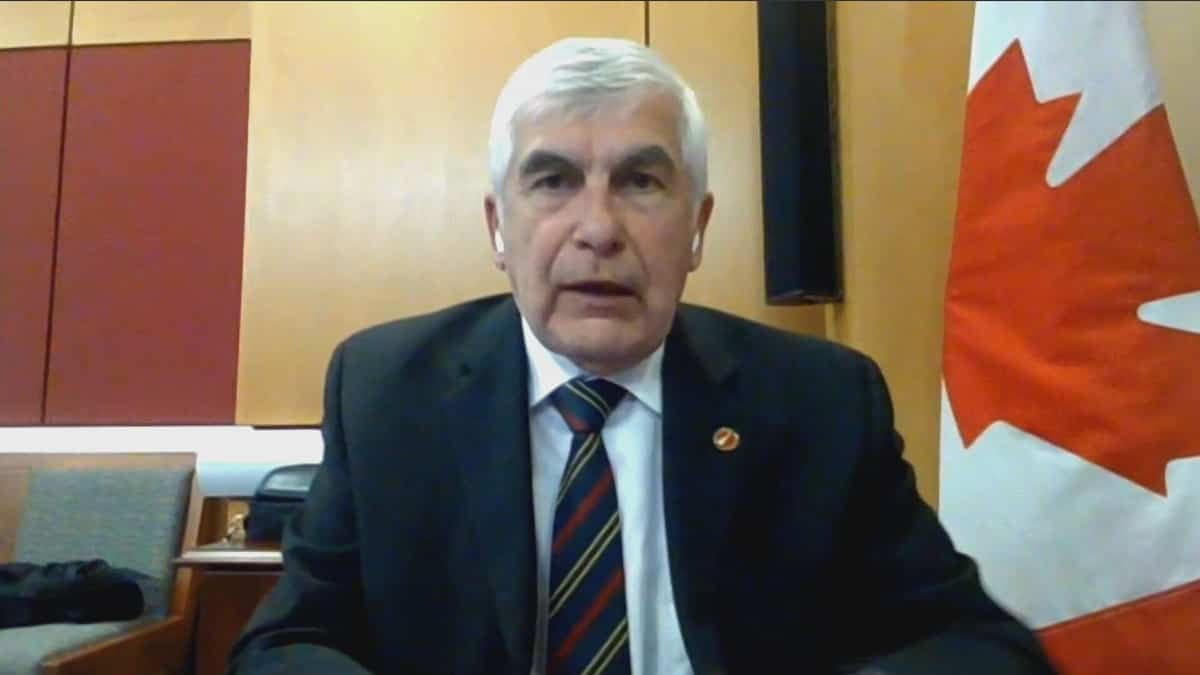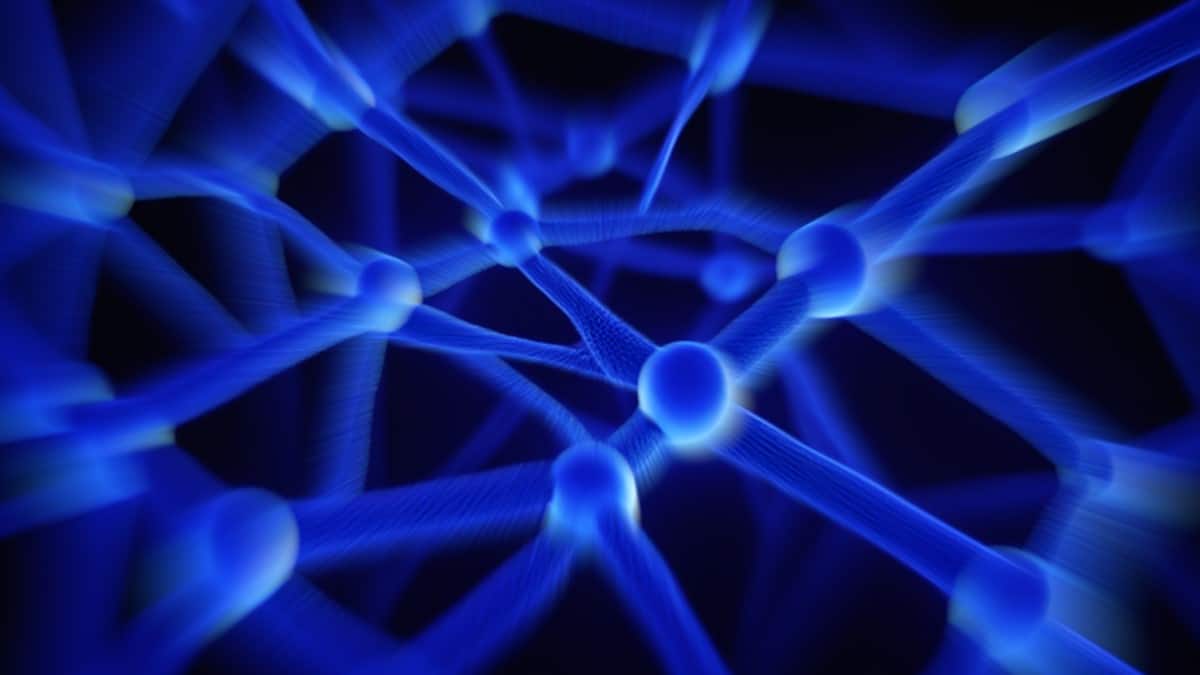A team of researchers has explored the possibility of using data mining to speed up the process of identifying low-cost metal oxide electrocatalysts, a move that could accelerate the global transition to renewable energy.
Sustainable energy research
The world's dependence on fossil fuels has prompted scientists to explore renewable energy sources.
Electrochemical conversion technologies, such as fuel cell energy, water electrolysis, and metal-air batteries, provide promising strategies for the transition to a sustainable energy future. On the other hand, the reliance on precious metals in many electrocatalytic reactions poses economic and environmental challenges.
Metal oxides have the potential to be game-changers due to their stability and low cost compared to precious metals, especially under alkaline electrocatalytic conditions. However, searching for these metal oxides requires a lot of resources, as scientists rely on a process of trial and error.
Use data as a solution
” Data mining is a viable solution to this problem, so we decided to explore the opportunities and challenges of adopting this strategy to find metal oxides. “, specific Hey LeeAssociate Professor at the Advanced Institute for Materials Research (WPI-AIMR) of the University ofTohoku University And the corresponding author of the article.
To do this, Hao Li, along with his colleagues, exploited data available in the Project Materials database, Identification of 68 promising stable metal oxide electrocatalysts Under specific circumstances.
Promising results but require modifications
The database promoted Sb2WO6 as an acid-stable metallic oxide, the researchers noted. However, the researchers found that this contradicted subsequent experimental observations under alkaline ORR conditions.
Additional post-catalysis characterization, electrochemical surface state analyzes and precise pH-coupled kinetic modeling revealed that the Sb2WO6 surface undergoes electrochemical passivation under ORR potential and forms an active and stable oxygen reduction reaction (ORR) surface with 4 electrons.
The study results indicate that although data mining is promising, further improvement is needed for its widespread adoption. ” A revised strategy must be developed that takes into account electrochemically induced surface stability and activity “Hao Li confirmed.
Synthetic
The researchers hope to explore other electrocatalysts for oxygen evolution reaction and hydrogen evolution reaction in the future by combining data mining, surface state analysis and activity analysis.
For better understanding
What is data mining?
Data mining is the process of analyzing large amounts of data to discover hidden patterns and trends in the data.
What is an electrocatalyst?
An electrocatalyst is a substance that accelerates electrochemical reactions.
What is oxygen reduction reaction (ORR)?
Oxygen reduction reaction is a chemical reaction that occurs in fuel cells and metal air batteries, in which oxygen (O2) is reduced to produce water (H2O).
What is an oxygen evolution reaction (OER)?
The oxygen evolution reaction is a chemical reaction that occurs in electrolyzers, in which water (H2O) is oxidized to produce oxygen (O2).
What is a hydrogen evolution reaction (HER)?
A hydrogen evolution reaction is a chemical reaction that occurs in electrolyzers, in which water (H2O) is reduced to produce hydrogen (H2).
References
Article: “Identification of stable electrocatalysts adapted by data mining: Sb2WO6 for oxygen reduction” – DOI: 10.1002/advs.202305630
[ Rédaction ]

“Hardcore beer fanatic. Falls down a lot. Professional coffee fan. Music ninja.”







More Stories
MS-DOS 4.0 source code release: What a story!
It is better to preserve food without preservatives, but with yeast
He swallows an entire bowl of cheese balls in front of hundreds of spectators